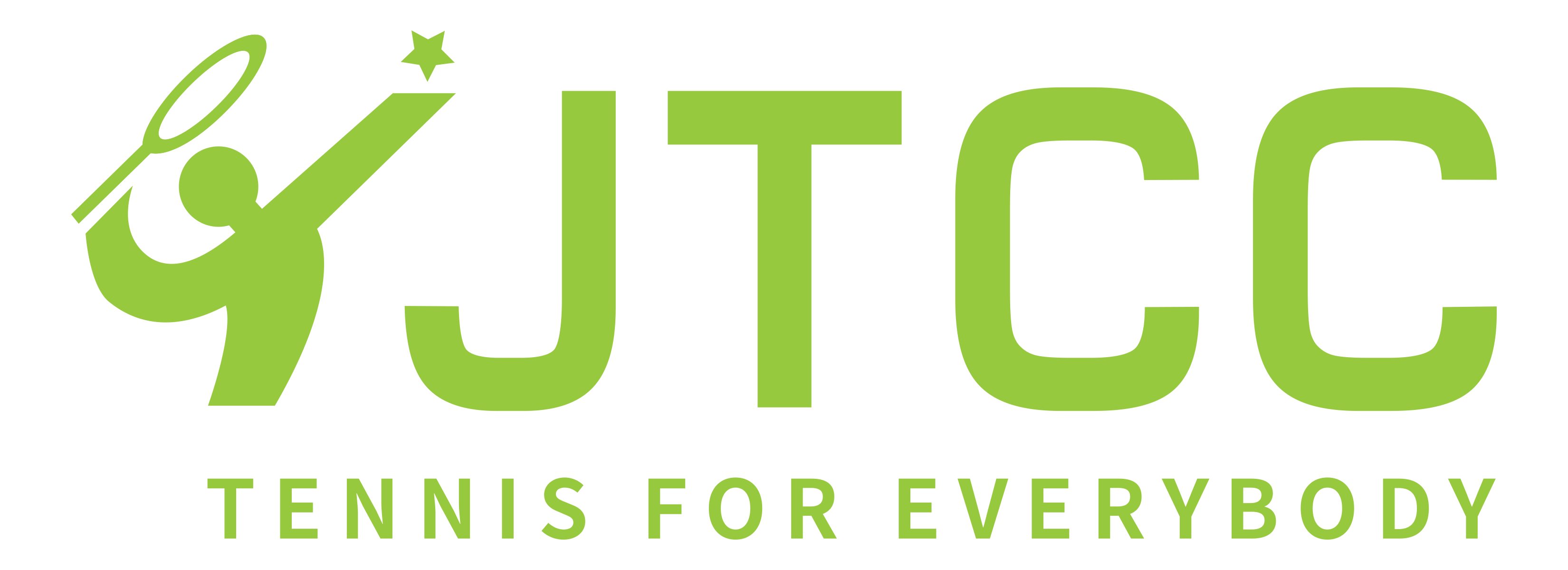
A great deal of stress can be put on a student-athlete, as they must balance many aspects of their lives to succeed both academically and athletically. While it is important to map out your goals, it is just as important to manage the time and energy a student-athlete is putting into everyday tasks. If you find yourself spending a large amount of time on academics, this can affect athletic performance. The same consequences can occur if an athlete puts too much time and energy into his/her sport; they may experience sensations of burnout. Using various techniques can help a student-athlete to relieve some stress buildup, but at the same time it is important to remember that a moderate amount of stress can actually act as a motivator and be quite beneficial.
Stress can be felt from a variety of sources such as competitive stressors, organization stressors, and personal stressors. All of these encompass internal and external sources of stress that everyone experiences. It is just a matter of figuring out how you personally deal with stress, and which techniques work best for you.
You ought to experiment with a few different techniques. It is recommended that you try each one for about a five-day period. Be sure to record your thoughts and answer the questions to help establish the technique that’s most practical for you.
The first technique involves mentally conducting a quick body scan. This technique is most effective during performance or during everyday activity when you start to feel stressed. It only takes about 10-30 seconds. When doing a quick body scan, scan the body from head to toe, stop only at muscle groups where the tension level is too high.
The second technique is called the relaxation response, that is characterized by focusing on one word, chosen to help with relaxation. Sit in a comfortable place, focus on your breathing, and repeat the single word in your mind with each exhale breath.
Third, progressive relaxation is achieved by contracting and relaxing various muscle groups. The person must focus on one muscle group at a time, contract that muscle group and then relax, noting the difference with the absence of tension.
For each of these three stress and energy management techniques, try performing each one for five consecutive days. Try to use them around the same time each day, perhaps before practice or a difficult class. In the space below, record your thoughts, benefits, and challenges you faced while using these techniques.
| Quick Body Scan | Relaxation Response | Progressive Relaxation | |
| Day 1 | |||
| Day 2 | |||
| Day 3 | |||
| Day 4 | |||
| Day 5 |
Did you feel that one stress and energy management technique worked better than the others?
What were some of the things you find challenging with these techniques?
Do you think these techniques would be ideal or beneficial for you to use either athletically or academically?
Progressive Muscle Relaxation (Video Demonstration)
Previous 2018 Posts
January 3rd – Setting Your 2018 Goals
April 10th – Stress & Energy Management
Looking forward to your success in managing your stress and energy on and off the court!
Best,
Peter Lee



